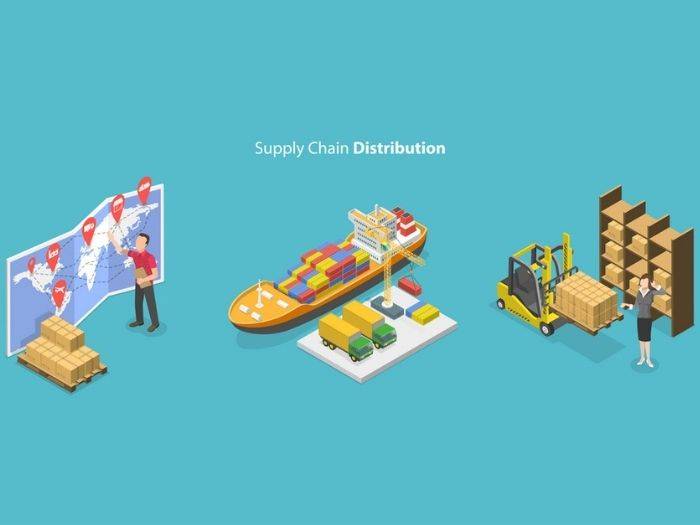Logistics and Supply Chain Management
This course is part of the Entrepreneurship & Business Development Specialization

Course Overview
This course will introduce you to the basic concepts of supply chain management, including the basic flow, core models, supply chain drivers, key metrics, benchmarking techniques, and ideas for taking your supply chain to the next level.
What you'll learn
⇒ Define supply chain management and logistics
⇒ Explain the vertical integration and virtual integration models
⇒ Understand the stages in the basic supply chain flow
⇒ Identify participants in the supply chain
⇒ Recognize supply chain drivers and ways to optimize them
⇒ Align supply chain strategy with business strategy
⇒ Determine what metrics to track and how to benchmark the related data
⇒ Troubleshoot basic supply chain problems
⇒ Identify ways to develop your supply chain, such as using third-party logistics providers (3PL’s), insourcing processes, developing sustainable and eco-friendly strategies, leveraging process improvement strategies, and adopting new techniques
Self-Paced
Learn at your own schedule
9 hours
Estimated time of complete
English
Language
$79.00
Cost
Verifiable
Verified Certificate
The base salary for Logistics Manager
$96,009
Course Outline
– Course Overview
– Learning Objectives
– Pre-Assignment
– Pre-Course Assessment
– Defining the Terms
– What is Supply Chain Management?
– The Six Rights
– Not Just for Products
– Regulations and Resources
– Resources to Consider
– Vertical Integration Model
– What’s Next?
– The Links in the Supply Chain
– Making Connections
– Participants in the Supply Chain
– Designing Your Supply Chain
– The Bullwhip Effect
– Case Study
– What Causes the Bullwhip Effect?
– How Do You Minimize the Bullwhip Effect?
– Driving Success
– Choosing the Right Transportation
– Methods
– United States
– Europe
– Japan
– Australia
– Making Connections
– Identifying Your Market: Introduction
– Understanding Your Market Type
– Identifying What Your Market Wants and Needs
– Making Connections
– Looking at Your Role
– Identifying Your Role in the Supply Chains
– Analyzing the Data
– Sample SWOT
– Taking the Next Steps
– Leveraging Drivers to Support Your Roles
– Making Connections
– Questions
– Supply Chain Risks
– Mitigation Strategies
– Ratios and Formulas
– Business Metrics
– Inventory and Delivery Metrics
– Sales Metrics
– What is Benchmarking?
– What Benchmarks Should Be Measured?
– The SCOR Model
– SCOR as a Pyramid
– The Balanced Scorecard
– Sample Balanced Scorecard
– Supply Chain Management Dashboards
– Creating a Supply Chain Dashboard System
– Making Connections
– Option One: Balanced Scorecard
– Option Two: Dashboard
– Examples
– Signs of Trouble in Your Supply Chain
– Supply Chain Best Practices
– Best Practices from Industry Leaders
– Outsourcing, Insourcing, Offshoring, and
– Reshoring
– Insourcing
– Offshoring
– Reshoring
– Third- and Fourth-Party Logistic Providers
– Fourth-Party Logistic Providers (4PL’s)
– Advantages of 3PL’s and 4PL’s
– Disadvantages of 3PL’s and 4PL’s
– Building Partnerships within Your Supply Chain
– What is Sustainability?
– What Does Sustainability Mean in the Supply Chain?
– The Benefits of Sustainability
– Reducing the Impact on the Environment
– Case Study
– Lean 101
– The Toyoda Precepts
– The Toyota Production System House
– Applying Lean to the Supply Chain
– Top Trends
– Making Connections
– A Personal Action Plan
– Starting Point
– Where I Want to Go
– How I Will Get There

